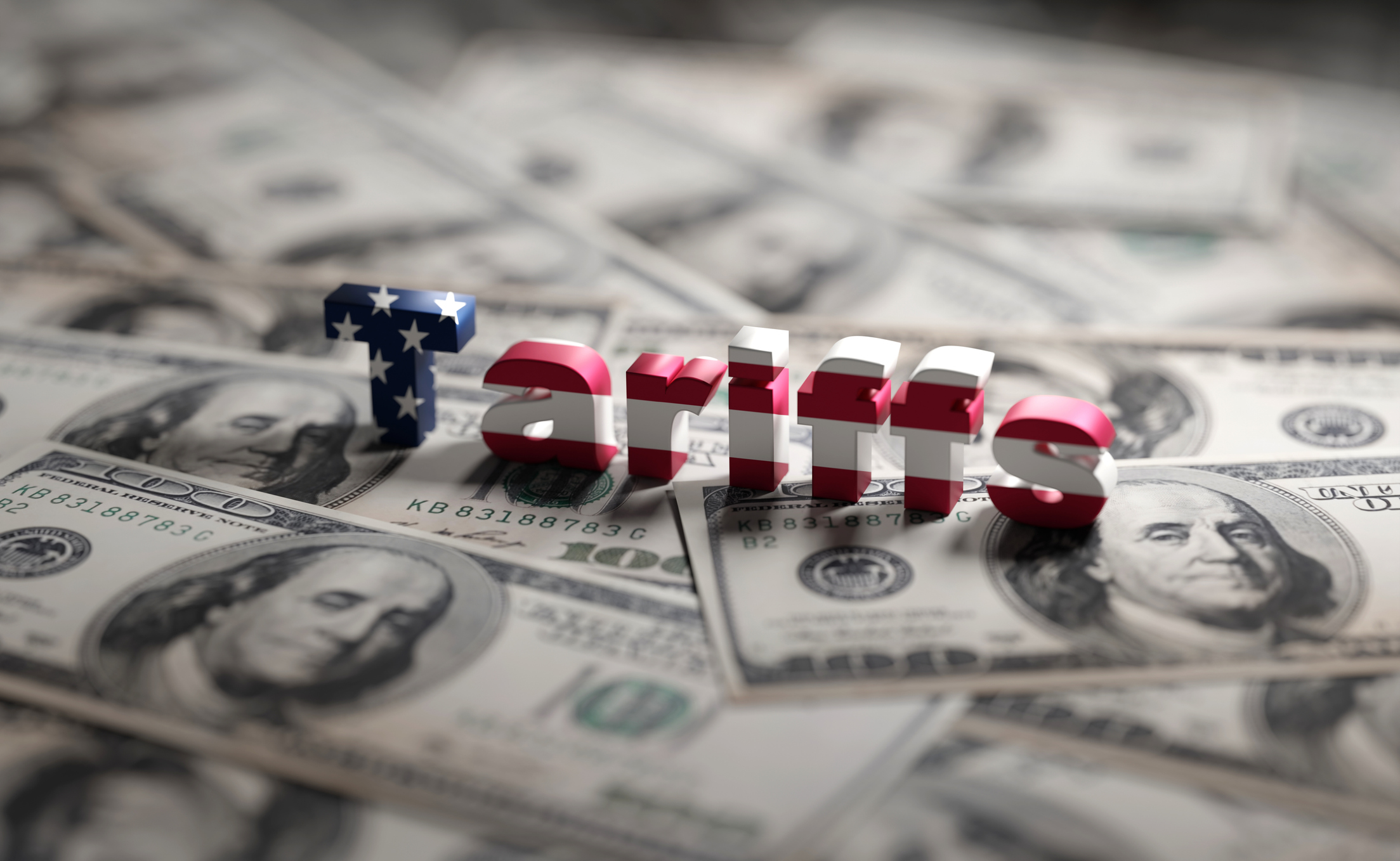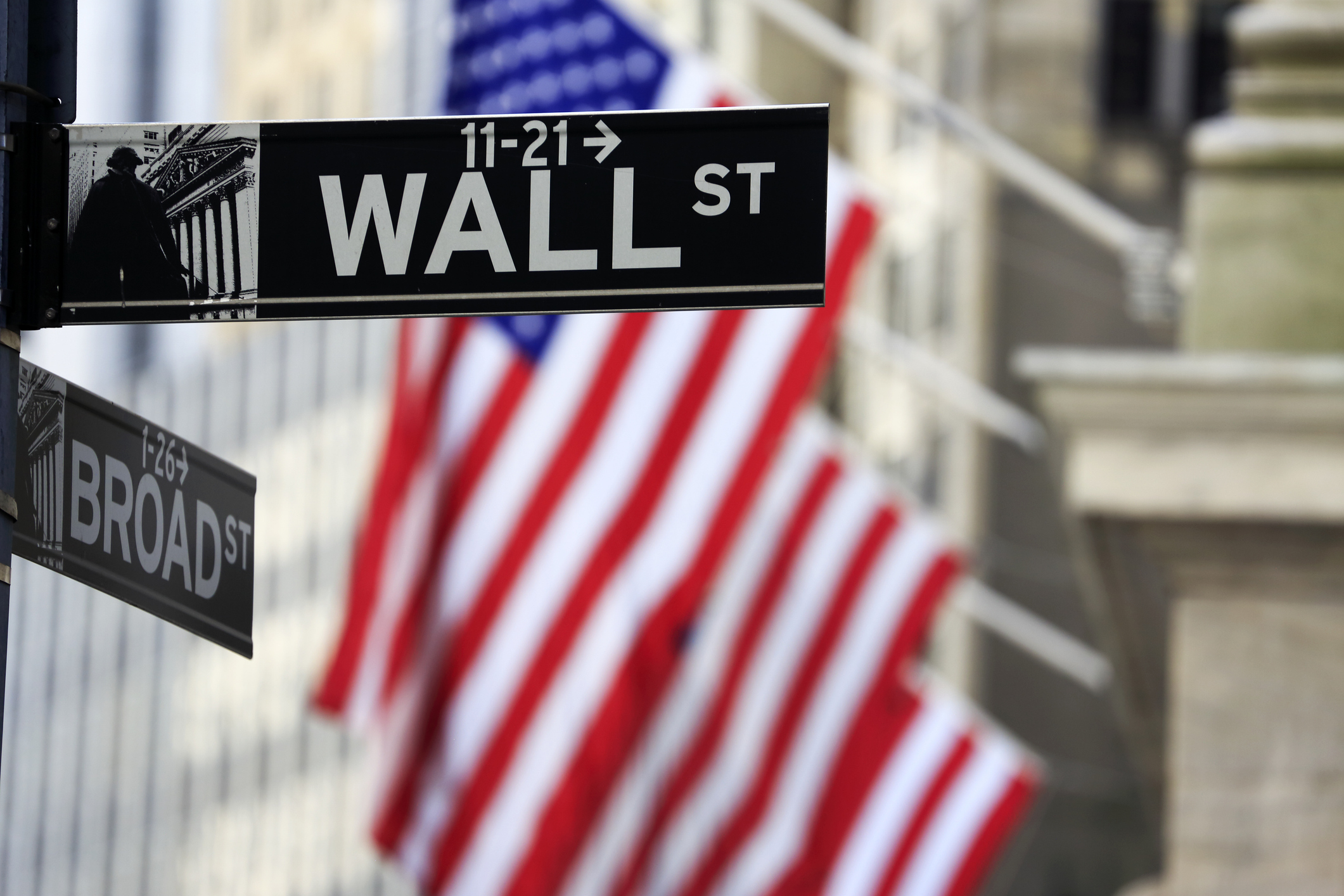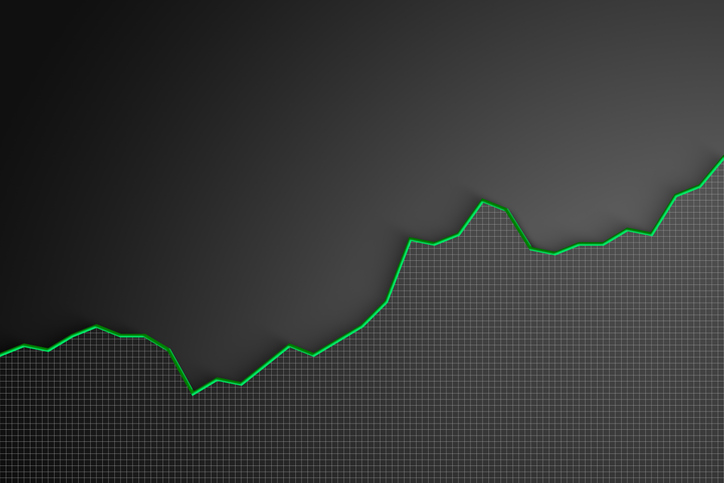Why It's Okay to Reach for Yield
With so many income investments to choose from, one of them will be solidly profitable at any given time. So range widely.


The scolds who forever preach that “reaching” for high-yielding investments is a one-way ticket to portfolio purgatory did not envision how markets would perform over the past year or, for that matter, the past decade. With inflation below 2% and long-term interest rates spinning their wheels, yield-centric investment strategies keep on paying handsomely. I don’t imagine that is about to change.
I have consistently urged readers to accumulate an array of securities, both stocks and debt, that pay at least 5% and to keep them through their occasional retreats. If you have done so, even a loss of 10% over the next year will not erase your long-term gains. Quick setbacks usually reverse themselves anyway. So please stifle any middle-of-the-night urge to leap from your mattress and trade your high-income holdings for Treasury bills and money market funds.
The winners. The rewards of yield-hunting have accrued not just to lucky guessers and market timers. Americans are blessed with a wide and diverse choice of liquid, income-oriented investments, and at any time, you can bet that one or more of these categories will be deep into the green. This year, it’s mortgage-owning real estate investment trusts, shares of high-payout wind- and solar-power producers, preferred stocks and high-yielding tax-free bonds. Last year, business development companies and emerging-markets bond funds starred.
From just $107.88 $24.99 for Kiplinger Personal Finance
Become a smarter, better informed investor. Subscribe from just $107.88 $24.99, plus get up to 4 Special Issues

Sign up for Kiplinger’s Free Newsletters
Profit and prosper with the best of expert advice on investing, taxes, retirement, personal finance and more - straight to your e-mail.
Profit and prosper with the best of expert advice - straight to your e-mail.
As for common stocks, except for energy producers and (this year) wireless-phone operators, investors are all-in on dividends. It is no accident that shares of 3M (symbol MMM, price $201, yield 2.3%), Boeing (BA, $242, 2.3%) and General Dynamics (GD, $196, 1.7%) are up from 60% to 80% since each started to raise dividends sharply in late 2013 and early 2014. (Prices are as of July 31.) By contrast, Procter & Gamble (PG, $91) slowed its dividend trajectory around the same time, and its stock has stagnated despite restructurings and management shake-ups. May I suggest that P&G instead try to mollify the market with cash?
The brightest lights this year in yieldland are funds and trusts that make a little leverage (that is, borrowed money) go a long way. Such closed-end funds as Avenue Income Credit Strategies (ACP, $15, 9.8%), Eagle Point Credit Co. (ECC, $21, 12.0%) and NexPoint Credit Strategies (NHF, $22, 11.0%) cover their distributions from current investment income and easily sustainable trading gains. Over the past year, these funds, which trade like stocks, returned anywhere from 16% to 40% (although, to be fair, some of those gains stemmed from the funds’ share prices climbing faster than the value of their underlying assets).
Okay, gang, what am I missing? Am I succumbing to irrational exuberance? Are my pet investments a step from disaster? Back in the 1990s and early 2000s, we had calamitous junk-bond defaults. The Dow Jones utility average dropped 50% from October 2000 to October 2002. Property-owning REITs lost more than 15% in 1990 and again in 1998. And all this stuff and more got crushed in 2008 (U.S. government bonds were about the only thing that worked during the financial crisis).
The quest for extra income isn’t a fad or the result of speculation by yield-starved investors. It even extends to higher-quality investments. For example, the 200 highest-yielding stocks in Standard & Poor’s 500-stock index have handily outgained the lowest-yielding 200 since the 1950s. In bonds, the standouts are triple-B-rated corporates, which normally sport coupons that pay about one percentage point more than double-A bonds of the same maturity. BBBs (that is buy, buy, buy) boast an annualized gain since 2007 of 6.7%, compared with 5.3% for single-As and 4.7% for double-As. There are parallels in municipals. I rest my case.
Profit and prosper with the best of Kiplinger's advice on investing, taxes, retirement, personal finance and much more. Delivered daily. Enter your email in the box and click Sign Me Up.

Kosnett is the editor of Kiplinger Investing for Income and writes the "Cash in Hand" column for Kiplinger Personal Finance. He is an income-investing expert who covers bonds, real estate investment trusts, oil and gas income deals, dividend stocks and anything else that pays interest and dividends. He joined Kiplinger in 1981 after six years in newspapers, including the Baltimore Sun. He is a 1976 journalism graduate from the Medill School at Northwestern University and completed an executive program at the Carnegie-Mellon University business school in 1978.
-
 Nasdaq Sinks 418 Points as Tech Chills: Stock Market Today
Nasdaq Sinks 418 Points as Tech Chills: Stock Market TodayInvestors, traders and speculators are growing cooler to the AI revolution as winter approaches.
-
 23 Last-Minute Gifts That Still Arrive Before Christmas
23 Last-Minute Gifts That Still Arrive Before ChristmasScrambling to cross those last few names off your list? Here are 23 last-minute gifts that you can still get in time for Christmas.
-
 The Rule of Compounding: Why Time Is an Investor's Best Friend
The Rule of Compounding: Why Time Is an Investor's Best FriendDescribed as both a "miracle" and a "wonder," compound interest is simply a function of time.
-
 What Fed Rate Cuts Mean For Fixed-Income Investors
What Fed Rate Cuts Mean For Fixed-Income InvestorsThe Fed's rate-cutting campaign has the fixed-income market set for an encore of Q4 2024.
-
 3M, GM, Blue Chips Lead to the Upside: Stock Market Today
3M, GM, Blue Chips Lead to the Upside: Stock Market TodayThe S&P 500 followed the Dow Jones Industrial Average into green territory, but the Nasdaq lagged the other indexes because of its tech exposure.
-
 The Most Tax-Friendly States for Investing in 2025 (Hint: There Are Two)
The Most Tax-Friendly States for Investing in 2025 (Hint: There Are Two)State Taxes Living in one of these places could lower your 2025 investment taxes — especially if you invest in real estate.
-
 The Final Countdown for Retirees with Investment Income
The Final Countdown for Retirees with Investment IncomeRetirement Tax Don’t assume Social Security withholding is enough. Some retirement income may require a quarterly estimated tax payment by the September 15 deadline.
-
 What Tariffs Mean for Your Sector Exposure
What Tariffs Mean for Your Sector ExposureNew, higher and changing tariffs will ripple through the economy and into share prices for many quarters to come.
-
 Stock Market Today: Stocks Step Back From New Highs
Stock Market Today: Stocks Step Back From New HighsInvestors, traders and speculators continue the low-volume summer grind against now-familiar uncertainties.
-
 What Wall Street's CEOs Are Saying About Trump's Tariffs
What Wall Street's CEOs Are Saying About Trump's TariffsWe're in the thick of earnings season, and corporate America has plenty to say about the Trump administration's trade policy.
-
 Stock Market Today: Stocks Soar on China Trade Talk Hopes
Stock Market Today: Stocks Soar on China Trade Talk HopesTreasury Secretary Bessent said current U.S.-China trade relations are unsustainable and signaled hopes for negotiations.